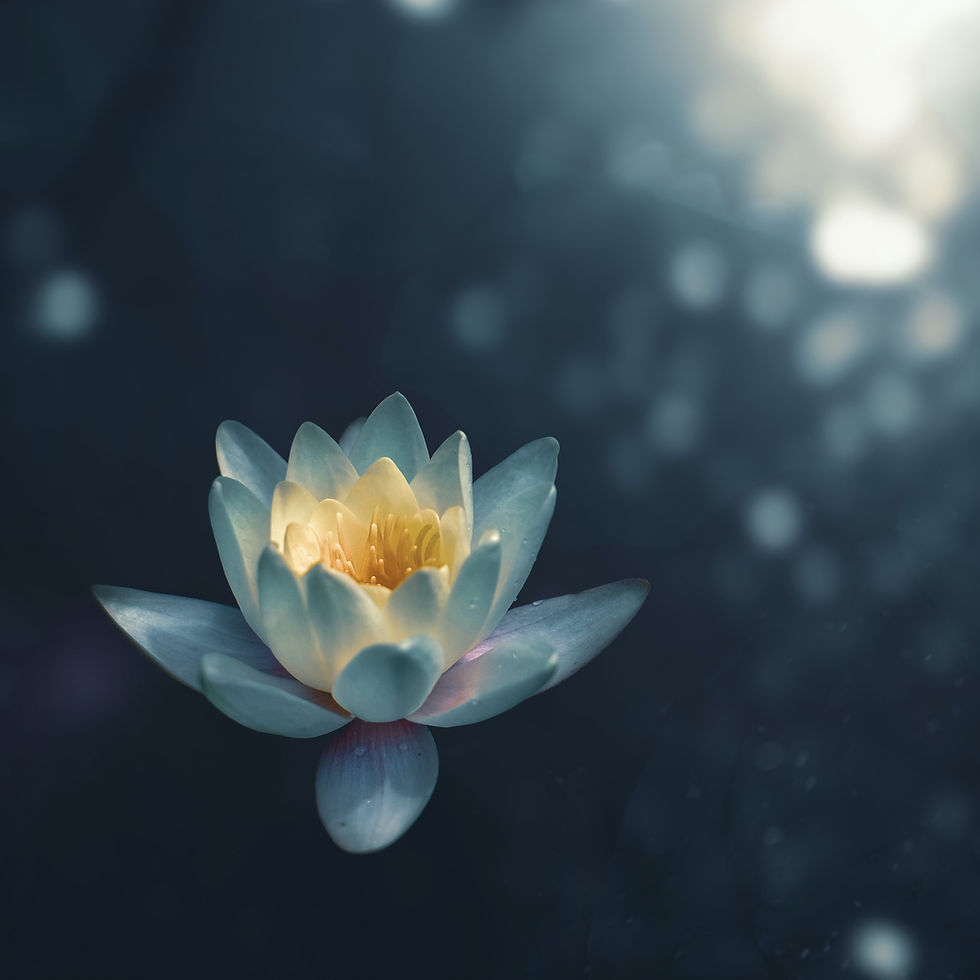The Meaning of Yoga
- Iqra Tariq

- Oct 2, 2022
- 3 min read
I live in the countryside surrounded by farms. It's all very quiet. But comes the month of May, it all starts to get quite busy with tractors going up and down the road.
One farmer though doing organic farming is not using a tractor. Instead, he uses his two horses and the plow.
Before tractors, this is how everyone used to farm. Maybe they used oxen, and they would have used some device to keep the horses or oxen together.
Yoke. In Sanskrit, It is called yuj. It is where the word yoga comes from. The word yoga first appeared in written records around 3500 years ago, philosophers and scholars believe that yoga was practiced way before this before anything could be written down. Some of them also believe that yoga was practiced in many different places around the world, all ancient civilizations.
They call this the golden age, where spirituality was the norm, and spiritual practices as common as email and the internet today.
But this golden age slowly came to a decline and people became less and less interested in spiritual practices. But in one place, at least, these practices still flourish.
That place is India. And so we know India to be the preserver of these ancient practices and the mother of yoga.
The word yoga appears in sacred scripture called the Vedas. Veda means knowledge. Here is what the Rig Veda says seers of the vast illumined seer. They yoga Klee control their mind and their intelligence.
In the Rig Veda, one of the four books of the Vedas, the word yoga was used to mean yoking or discipline. Although no systemic practice was described in the Artha Veda, the word yoga is used to mean harnessing of the breath and the mind.
Derived from the Vedas, the Upanishads have a more defined description of yoga, as a path taken to achieve liberation from suffering.
The Upanishads point to forms of yoga, Karma Yoga, the path of action, Yan yoga, the path of knowledge, or the intense study of Scripture.
One of the earliest Upanishads is the maitriyana Upanishad. It talks about yoga as the binding of the breath and the mind using the syllable OM and joining or yoking of the Brahman, the universal soul with the atman, the individual soul inside all beings.
This is where the word yoga also means union, meaning uniting the universal soul where the individual soul. The maitriyana Upanishad offers a six-fold path of pranayama control of the breath
Pranayama- Control of the breath
Pratyahara- Withdrawal of the senses
Dhyanna- Meditation
Dharana- Concentration
Tarka- Contemplation
Samadhi- Absorption
the Bhagavad Gita, written around 2000 years ago, is part of a larger book, The epic Mahabharata.
The Bhagavad Gita describes three forms of yoga,
Karma Yoga, the path of service,
jnana, yoga, a path of wisdom,
bhakti yoga,the path of devotion.
So far, none of these books describe yoga as we know it today doing a series of postures in class that doesn't appear until much later.
Asana posture was mentioned in the Yoga Sutras of Patanjali, written around the same period.
Asana was mentioned as one of the eight limbs or parts of yoga, along with
Yama- Ethics
Niyama- Observances
Pranayama- Control of the breath
Asana- Posture
Pratyahara- Wthdrawal of the senses
Dharana- Concentration,
Dhyana- Meditation
Samadhi- Absorption
Patanjali does not describe any posture, in particular, only the way that they should be done.
Sthira Shukham Asanam should be done with comfort And in the second line of the first chapter Patanjali. The author of the yoga sutra defines yoga this way. Yoga is the control of the thought-waves in the mind. Yoga chitta vritti nirodha.



Comments